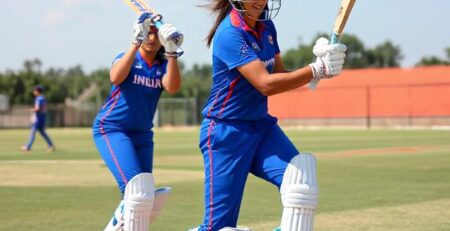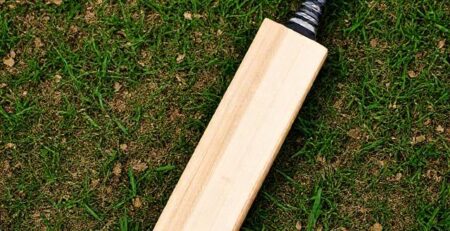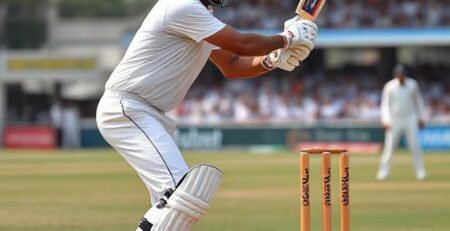Kashmiri Willow Bats Debuts In The ODI Cricket World Cup, India
Cricket enthusiasts worldwide are witnessing the grandest cricket spectacle – the ODI World Cup, taking place in India. This highly sporting event is not only about the nations competing but also the equipment they use. The cricket bats handcrafted from the renowned Kashmiri willow have taken the spotlight at the 50-over Cricket World Cup. In this blog post, we will delve into the history, resurgence, and unique charm of Kashmiri Willow bats in the ODI World Cup in India.
A Glimpse into the History
Kashmiri Willow bats have an illustrious history that dates back several decades. The willow used in crafting these bats is sourced from the beautiful and serene Kashmir Valley in India. Known for its exceptional grain structure and durability, Kashmiri Willow has been a preferred choice for many cricketers.
Debut at ODI World Cup, India
In a historic first, cricket bats crafted from the revered Kashmiri willow have made their official debut at the 50-over Cricket World Cup, in India. These unique bats, hailing from the picturesque Sangam region in Anantnag district, Jammu and Kashmir, are poised to be wielded by teams including Sri Lanka, Bangladesh, and Afghanistan. This is not the first time that these exceptional bats have graced the international cricket arena. During the World Cup qualifiers hosted in Zimbabwe, players from the UAE, West Indies, and Oman chose to employ these very bats.
The resurgence of Kashmiri willow bats in the global market can be attributed to their recognition and endorsement by international cricketers hailing from Oman and the UAE. These bats made their mark in the T20 World Cups held in the UAE and Australia in 2021 and 2022. The demand for these Kashmiri willow bats has been on the rise, breathing new life into an industry that provides livelihood to around 2 lakh individuals, both directly and indirectly.
Why the Revival?
In the era of cutting-edge technology, one might wonder why traditional Kashmiri Willow bats are regaining popularity. The answer lies in the distinct characteristics of these bats. They are known for their light pick-up, ideal for playing shots all around the ground, and their shock-absorbing capabilities.
Moreover, with growing concerns about sustainability and eco-friendly practices, the use of Kashmiri Willow promotes responsible sourcing of wood. This adds a layer of authenticity and environmental consciousness to the sport.
Kashmir willow bats have posed a substantial challenge to their English willow counterparts, primarily due to their comparatively lower price point. While international editions of English willow bats often command prices ranging from Rs. 85,000 to Rs. 1.5 lakh, Kashmir willow bats are accessible to consumers at significantly more budget-friendly rates, typically falling within the range of Rs. 10,000 to Rs. 15,000. Over the past two years, a substantial quantity of over 185,000 cricket bats has been exported to various cricket-playing nations.
Conclusion
As the ODI World Cup in India progresses, the sight of cricketers wielding Kashmiri Willow bats alongside their high-tech counterparts will be a testament to the sport’s rich history and the enduring appeal of traditional equipment. Whether it is the soft thud of the ball on the bat’s sweet spot or the nostalgia associated with Kashmiri Willow, these bats have truly made a remarkable comeback. Cricket fans worldwide will be eagerly watching the matches, eager to see the impact and performance of these iconic, handcrafted pieces of sporting history.







